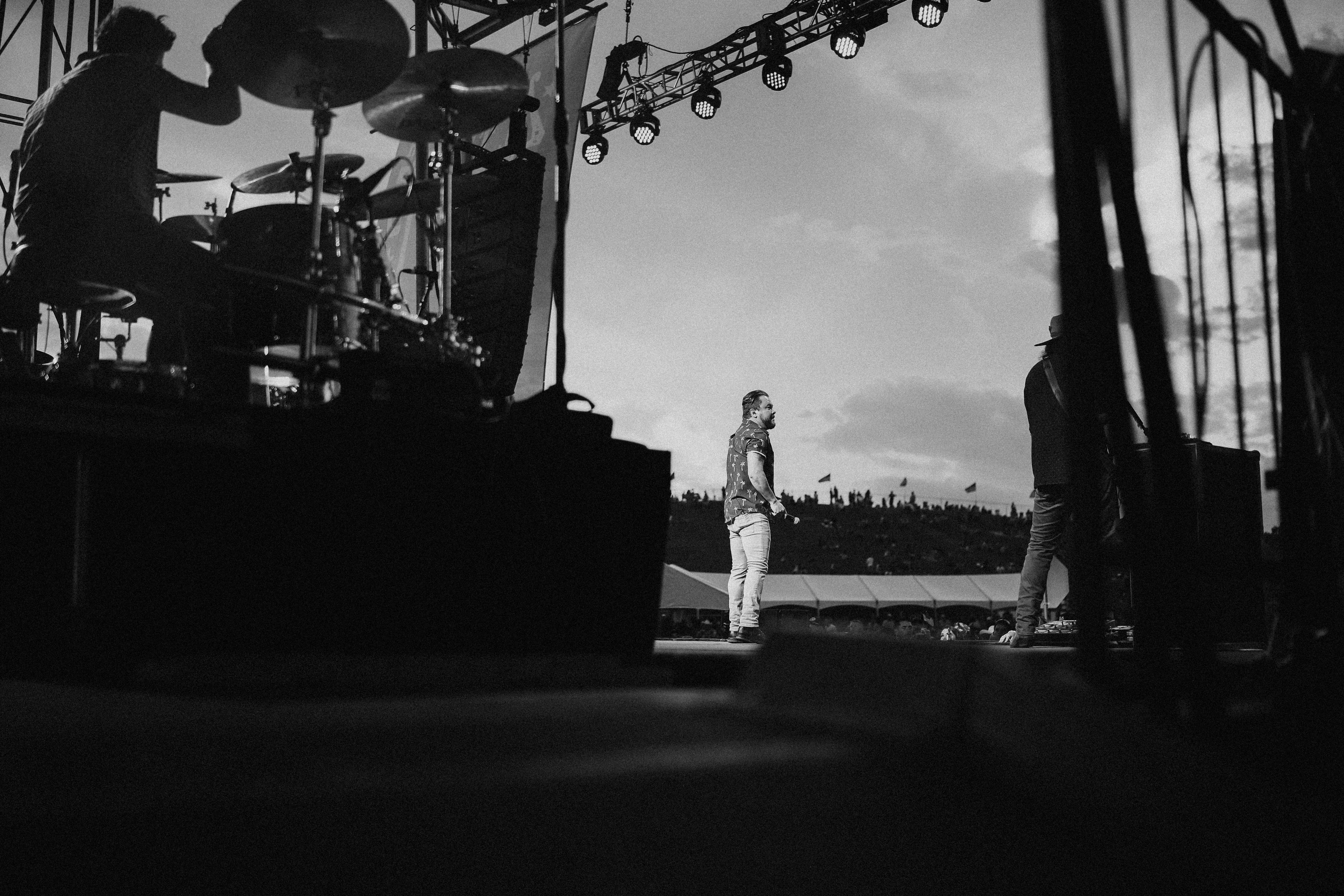Music Festival Show and Stage Production Planning.

Creating a multi-day music festival with hundreds of performance artists and multiple stages requires meticulous planning. What are the planning steps required by producers and stage mangers to archive seamless shows and performances that blend well with the site environment and atmosphere of a music festival.
Depending on the size of music festival some events may be limited to a single stage or have a main stage with smaller stages located around a site. This site layout can dictate running orders and genre focus for shows that organisers want to present. Planning the set schedules is an important task that involves balancing the needs of the performers and the expectations of the audience.
Genre Focus.
If the festival has built several stages, it is not unusual for each one to have a specific genre focus and producers prefer to plan shows that attract audiences who like that genre. Examples may be a focus on acoustic sets or EDM DJ sets which allows artists to be grouped together appropriately. Producers also need to consider the popularity of each artist they group into a show and allocate sets times that reflect whether they are headliners or support acts with longer sets for headline acts. It is not unusual for headline acts to be scheduled for peak busy times which may be late afternoon or early evening for example.
Stage Management and Artist Scheduling.
When planning shows it is essential that stage managers make sufficient allowances for artist transitions. The stage manager works closely with producers to ensure that the set running order and sequences required are implemented. Stage managers also work with artist's management teams to ensure that their preferences are considered particularly if an artist has a specific arrival and departure time from the festival site. Stage managers must also plan for contingencies that allow for delays and artist no-shows so that the audience is not impacted.
Festival-Goer Behaviour.
The flow of festival-goers on a site should be factored into show and set planning as far as possible and organisers may know from experience how people flow through a site. This makes it possible to predict which areas will be busiest and at what times and artists should be scheduled appropriately. This can help to avoid having two popular headline acts overlapping on different stages at the same time. If there is inclement weather festival-goers may congregate in covered marquees and in such circumstances it may be preferable to move a headline act to an indoor covered area of the site.
When planning stage schedules and shows producers and stage managers need to build in a certain amount of flexibility and contingency plans that allows for inclement weather and changes in artist's own scheduling.
For festival organisers planning their events using a software management platform like Festival Pro gives them all the functionality they need manage every aspect of their event logistics including a dedicated show management module. The guys who are responsible for this software have been in the front line of event management for many years and the features are built from that experience and are performance artists themselves. The Festival Pro platform is easy to use and has comprehensive features with specific modules for managing artists, contractors, venues/stages, vendors, volunteers, sponsors, guestlists, ticketing, cashless payments and contactless ordering.
Photo by Jc Siller via Pexels
<< Back to articles
Contact us
Get in touch to discuss your requirements.
US: +1 424 485 0220 (USA)
UK: +44 207 060 2666 (United Kingdom)
AU: +61 (2) 8357 0793 (Australia)
NZ: +64 (0)9887 8005 (New Zealand)